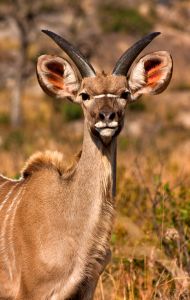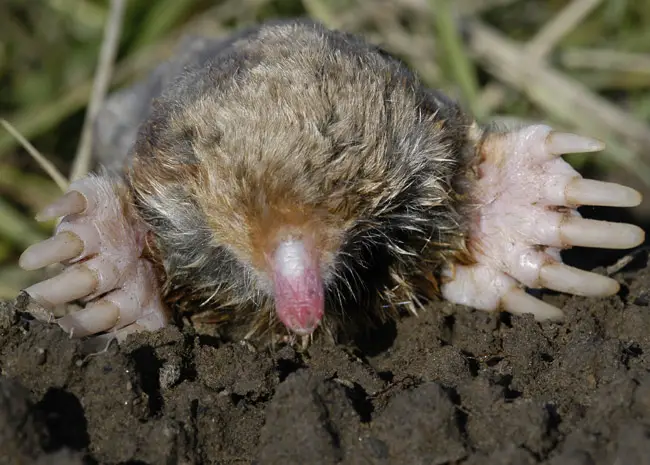Antelope
Antelope are an ungulate species which is found all over the world, including North America, Asia, and Africa. There are 91 species of antelope in 30 genera, and the majority of these species are native to Africa. They are not a defined group, and it is used to loosely describe all of the Bovidae family members that do not fall into the category of goat, cattle, or sheep.
As they are a loose description of non-goat, non-cattle, and non-sheep members of the family Bovidae, there are found all over the world. India is home to the Blackbuck, Chinkara, and Nilgai. The Arabian peninsula is home to the Dorcas gazelle and the Arabian Oryx. Russia and South-East Asia is home to the Tibetan antelope, four-horned antelope, and the Saiga antelope. In the USA, they have been imported for exotic came hunting such as those in Texas where the Gemsbok, Nilgai, and Blackbuck is well established but not native to the area.
Antelope live in a wide variety of habitats. Most of the African antelope live in a savannah environment. However, the Saiga lives in the extreme cold, the Arabian oryx is adapted to the desert, the klipspringer lives in the rocky kopje, while the sitatunga is actually semi-aquatic.
25 species and a number of sub-species are listed by the IUCN as endangered. These include the giant sable antelope, mountain nyala, dama gazelle, and the mhorr gazelle. The main cause of population decline is habitat loss, trophy hunting, and that they have to compete with cattle for grazing areas. The Tibetan antelope is hunted not for trophies, but for its pelt as it is used to make shawls. The saiga antelope is hunted for its horns as these horns are thought to be aphrodisiac. As only male antelopes have horns, some herds actually have 800 females and only a single male and thus it is critically endangered.
As a result, it is hard to find out how long wild antelope actually live, especially with so many predators. However, in captivity, Impalas have reached their late teens while wildebeest live beyond 20 years old.
Antelopes are difficult to domesticate. This is because they are difficult to contain as males can be territorial or aggressive. They are also very good jumpers so providing adequate fencing to keep them in is a challenge. Antelope will also consistently display fear when they perceive someone or an animal to be a threat, so they are difficult to handle. They do have an excellent diet and rapid growth rate which is good for domestication purposes, however their non-hierarchical social structure and their tendency to panic means that no antelope species can every be properly domesticated.
However, it known that the Ancient Egyptians did keep herds of gazelles. They kept them for pets as well as for meat. Attempts to domesticate elands in South Africa and the Ukraine have been unsuccessful. So it is unknown whether the Ancient Egyptians truly domesticated them.




